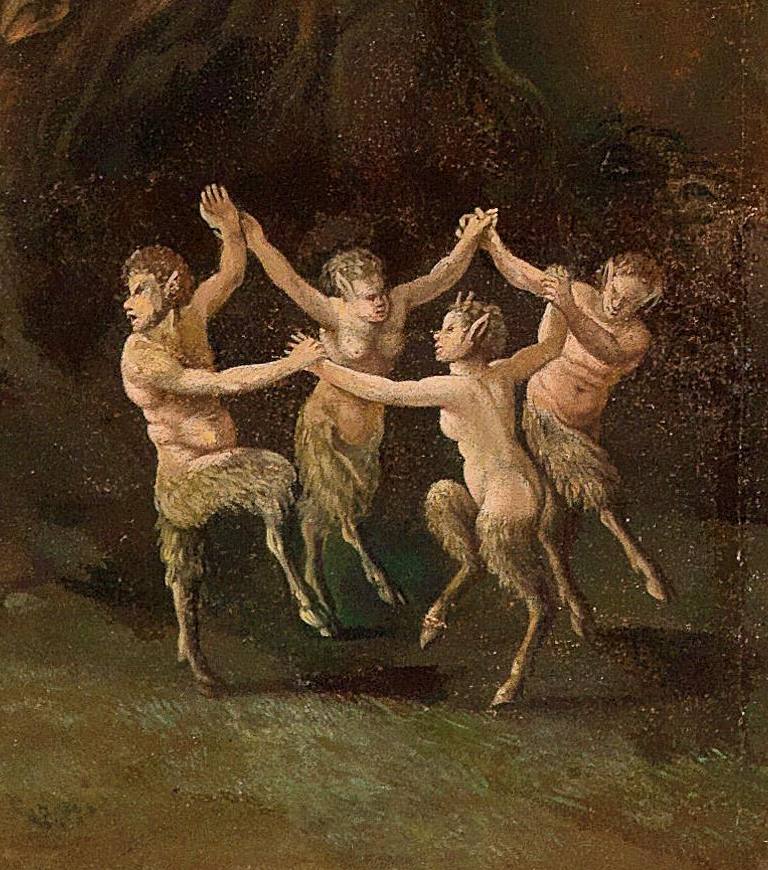settings
Rebecca vocabulary
2 mythology vocabulary words
help & settings
[x]
-
faun
-
► definition
Definition:a mythological half human–half goat creature appearing in Ancient Rome.The goat man, more commonly affiliated with the Satyrs of Greek mythology than the fauns of Roman, are bipedal creatures with the legs and tail of a goat and the head, torso, and arms of a man, and are often depicted with goat's horns and pointed ears. These creatures borrowed their appearance from the satyrs, who in turn borrowed their appearance from the god Pan of the Greek pantheon. They were symbols of peace and fertility, and their chieftain, Silenus, was a minor deity of Greek mythology.Romans believed fauns inspired fear in men traveling in lonely, remote or wild places. They were also capable of guiding humans in need, as in the fable of The Satyr and the Traveller, in the title of which Latin authors substituted the word Faunus. Fauns and satyrs were originally quite different creatures: whereas fauns are half-man and half-goat, satyrs originally were depicted as stocky, hairy, ugly dwarves or woodwoses with the ears and tails of horses or asses. Satyrs also were more woman-loving than fauns, and fauns were rather foolish where satyrs had more knowledge.[...]text from Wikpedia, licensed under Creative Commons - Attribution - Sharealike, https://creativecommons.org/licenses/by-sa/3.0/ painting: By Paul Brill (circa 1623), https://commons.wikimedia.org/w/index.php?curid=40688434
painting: By Paul Brill (circa 1623), https://commons.wikimedia.org/w/index.php?curid=40688434
► uses
Uses:
Roguish fauns and naked nymphs peeked down at Billy from festooned cornices.
Kurt Vonnegut. Slaughterhouse-Five (1968)
---
There was a little clearing too, between the bushes, like a miniature lawn, the grass a smooth carpet of moss, and in the center of this, the tiny statue of a naked faun, his pipes to his lips.
Daphne du Maurier. Rebecca (1938)

